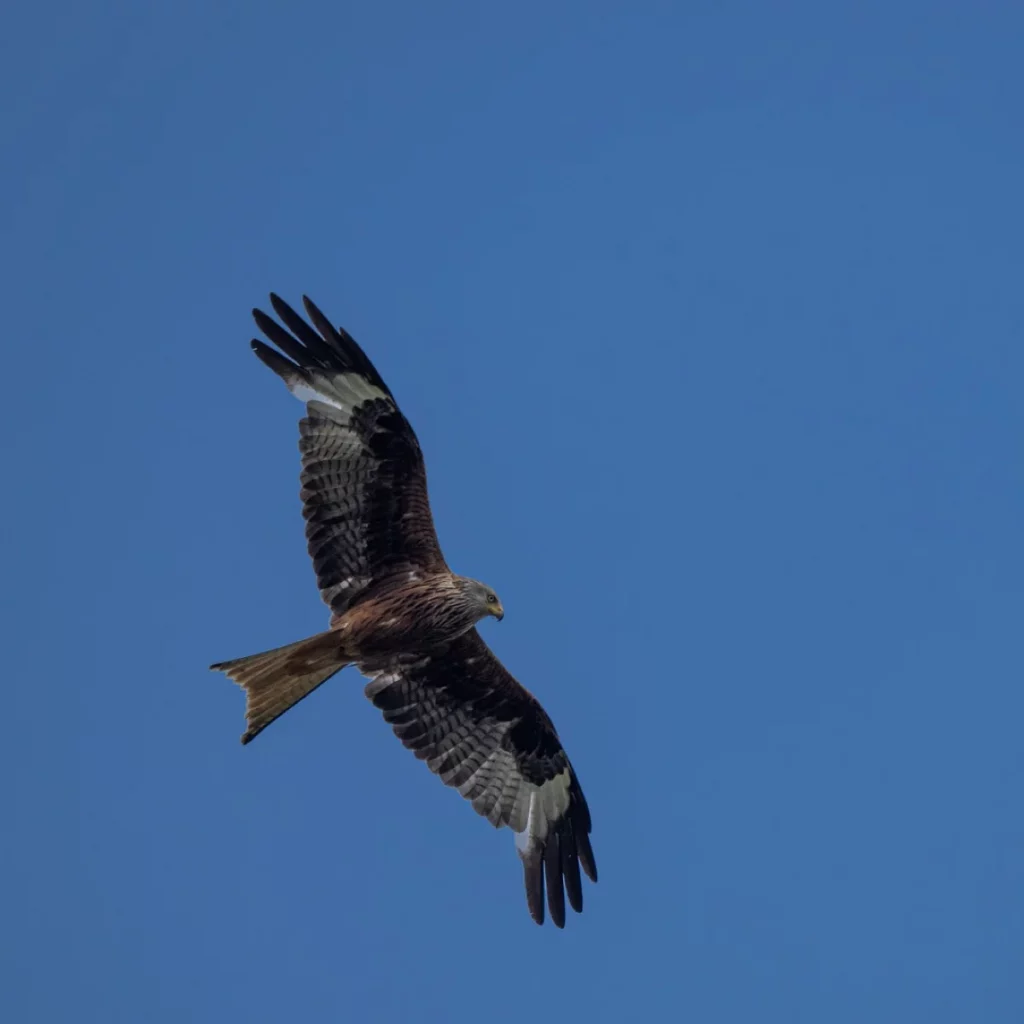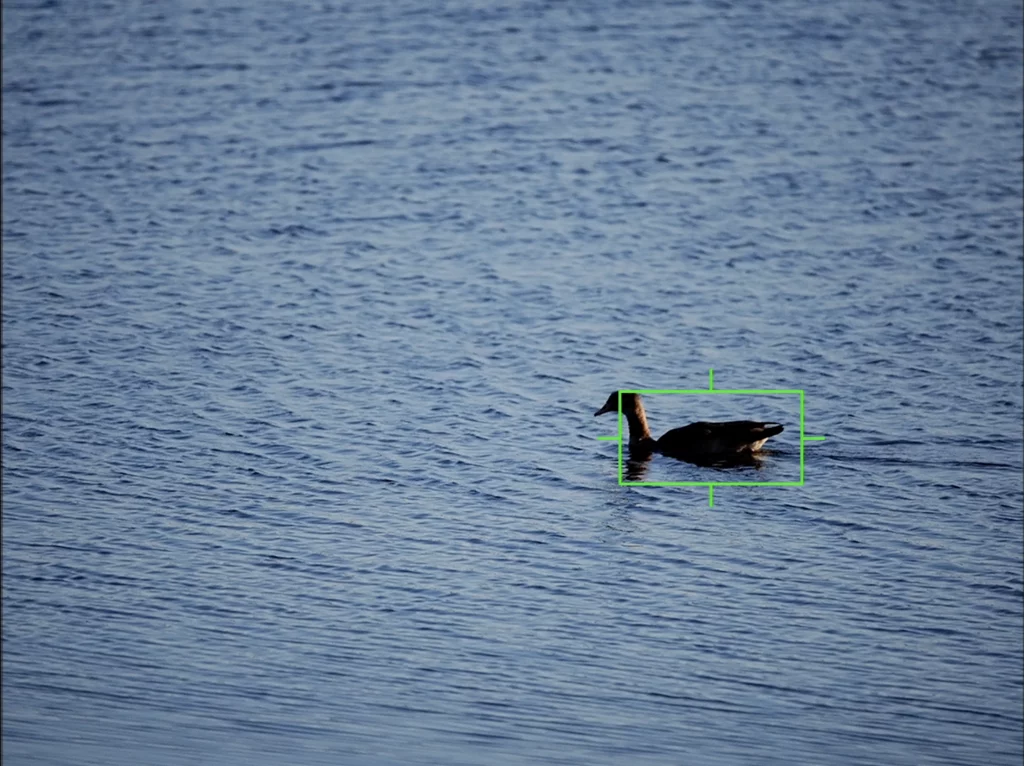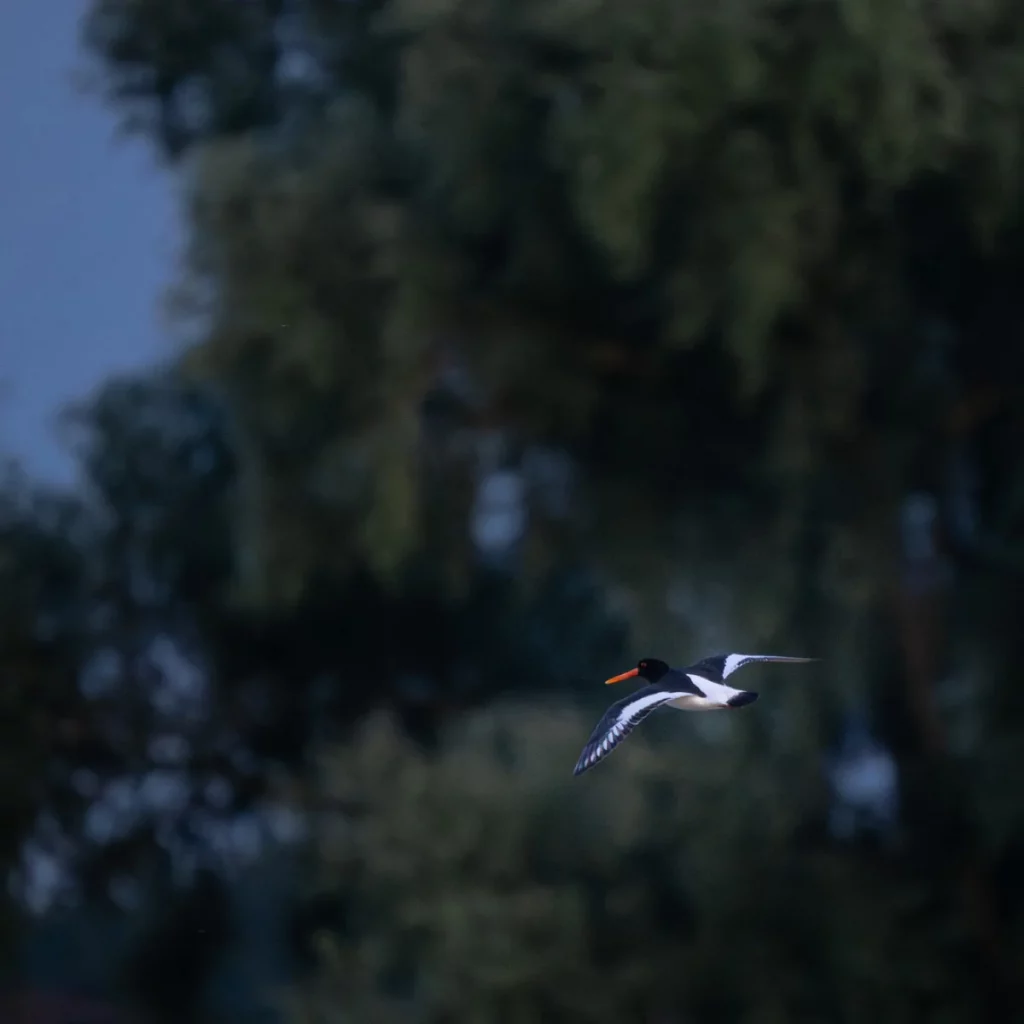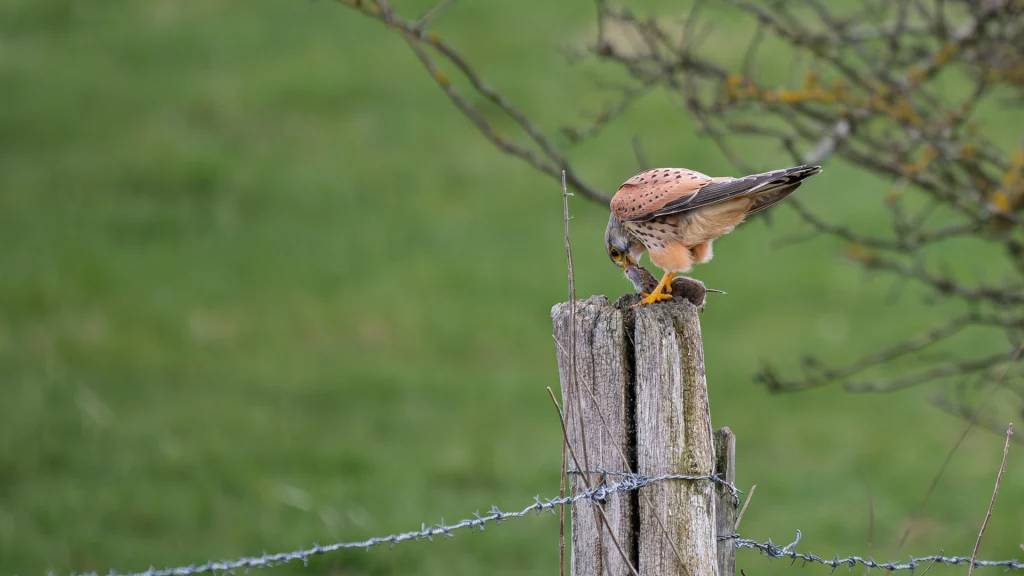Now that we’ve got to grips with the basics of AF and the setting options on the OM-1. It is now time to take a closer look at the differences between C-AF & C-AF+TR. This is about the technical differences but also about in which situation the respective mode should be used.
Technical differences between C-AF and C-AF+TR
Technically, C-AF and C-AF+Tracking differ in how they detect the subject and track the AF when the plane of focus changes. The C-AF+TR is a more intelligent version of the C-AF. The C-AF+TR can follow detected objects even if they leave the AF area in use. Both modes use motion vectors and colour information to track the object in focus.

Areas of application
Simply put, if you have selected all AF fields, C-AF is not different from C-AF+TR (tracking) from a technical point of view. Only the display in the viewfinder / on the screen differs. In C-AF+TR mode you see a kind of cross that follows the detected object. It is green as soon as it has detected an object. In C-AF “only” green small squares are displayed. Which display mode you like better is purely a matter of taste in this case.

Differences between the two modes occur when you have only defined a report from the image to focus on. Here, C-AF only focuses when the subject is within your AF areas. If it moves out, the camera focuses on the object that is then in the AF area (how fast this happens is adjusted with C-AF sensitivity).
So you have to make sure that the object you want to focus on is always within the AF area you have chosen. The C-AF+TR, on the other hand, continues to track the object when it leaves the selected AF area. This has the advantage that you don’t have to be as skilled at tracking a moving object. However, it can also happen that the tracking loses the object and then of course the camera can no longer focus properly. That’s why I prefer the C-AF mode and try to track the object as well as possible.
Interaction with object recognition
Object detection (e.g. bird detection) works independently of the selected AF mode and only allows the camera to distinguish between the detected object (bird) and irrelevant content, i.e. if an object is detected it will be focused on even if there are other objects within the selected AF area that could be focused on. Once detected and focused, the object is also tracked. The principles described above remain the same.

Which mode is better suited
Which of the two modes is now better suited. Unfortunately, this is not so easy to answer. It depends on many factors that everyone has to decide for themselves. Personally, I prefer the C-AF mode without the tracking option. This gives me the best results for my photography. However, this can be quite different for other photographers. You have to experiment and decide for yourself which of the two modes suits your photography best.
In the next part I will describe how to improve the focusing speed by limiting the autofocus range. Are there any questions left? Then let me know in the comments.



